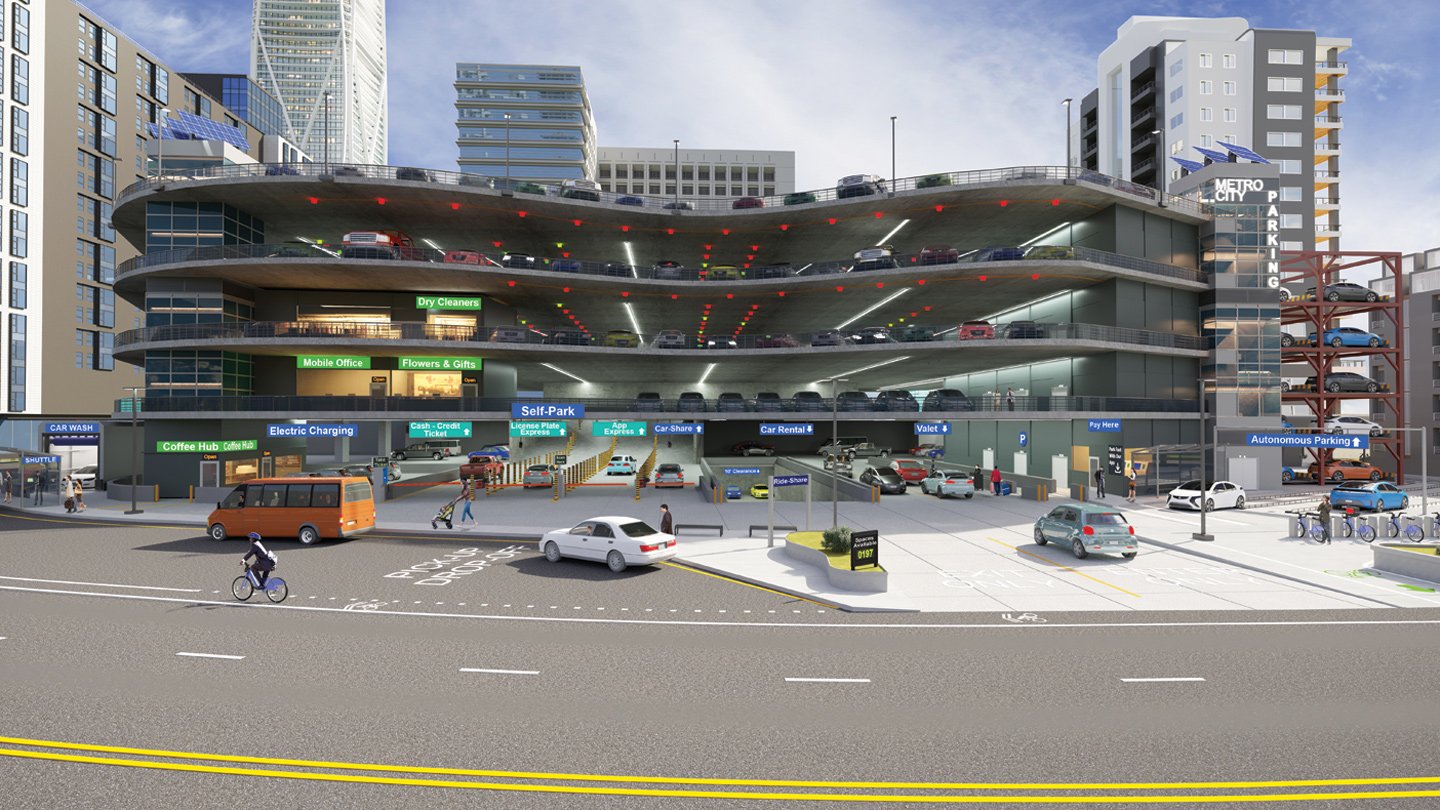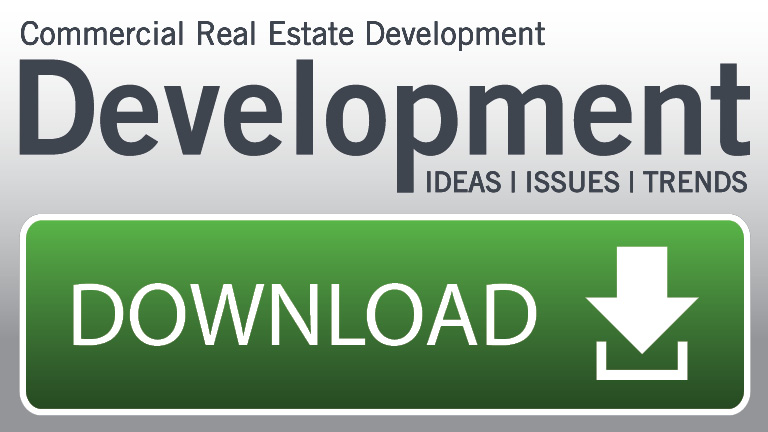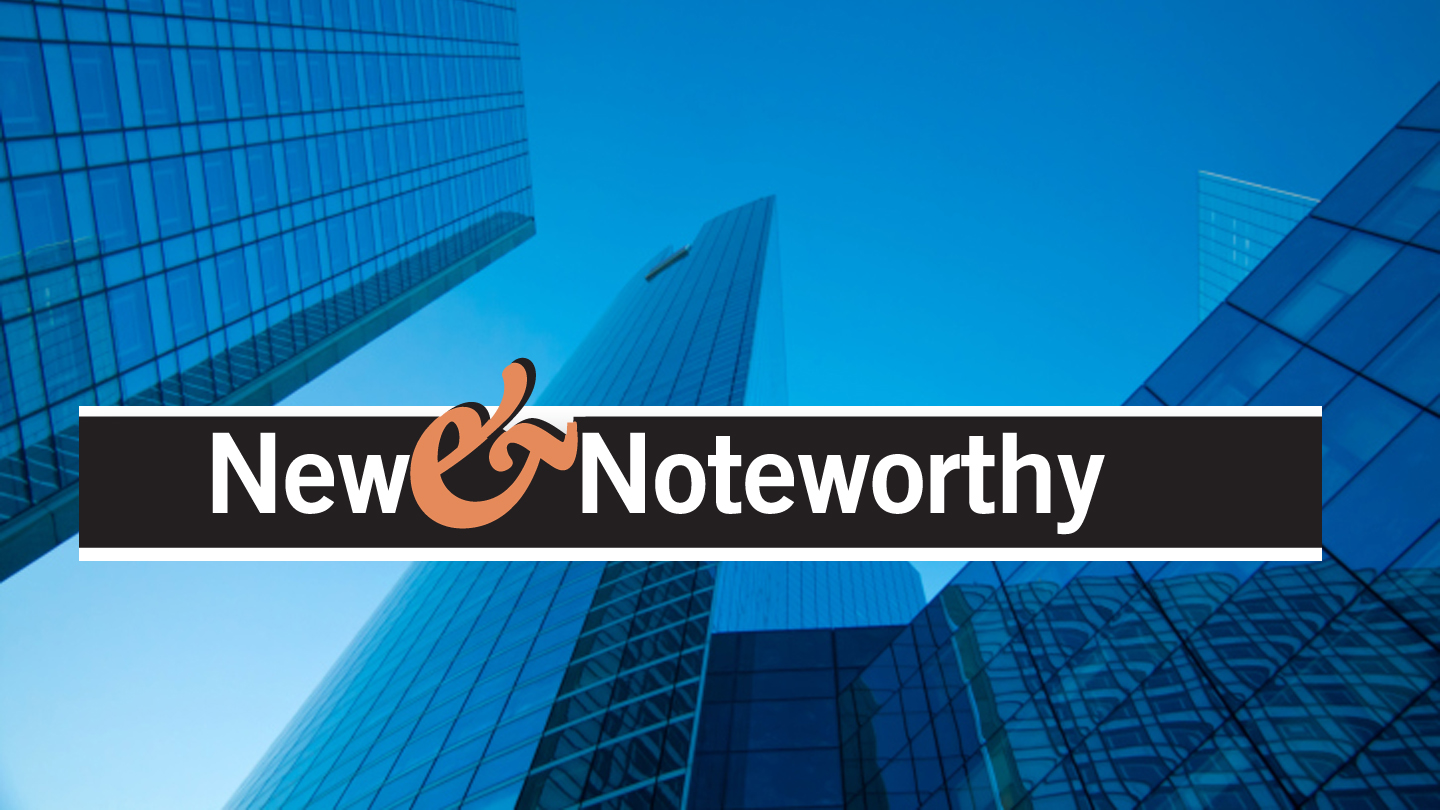As demand for health care grows, medical tenants are entering new CRE markets and beginning to use older properties in innovative ways.
Spring 2019 Issue
Lower Parking Minimums Means Higher Value for Parking Spaces
By: Christine BanningRight-sizing parking can save money, lead to less congestion and create alternative land uses.
A Silver Linings Playbook for Controversial Development Projects
By: Patrick SlevinTurning public conflict into corporate goodwill requires thoughtful strategies and genuine concern for the local community.
Must-Read Articles

Water Infrastructure and Adaptive Building Design: An Emerging Opportunity

Shipping Innovations Along Inland Waterways Present Opportunities for Developers
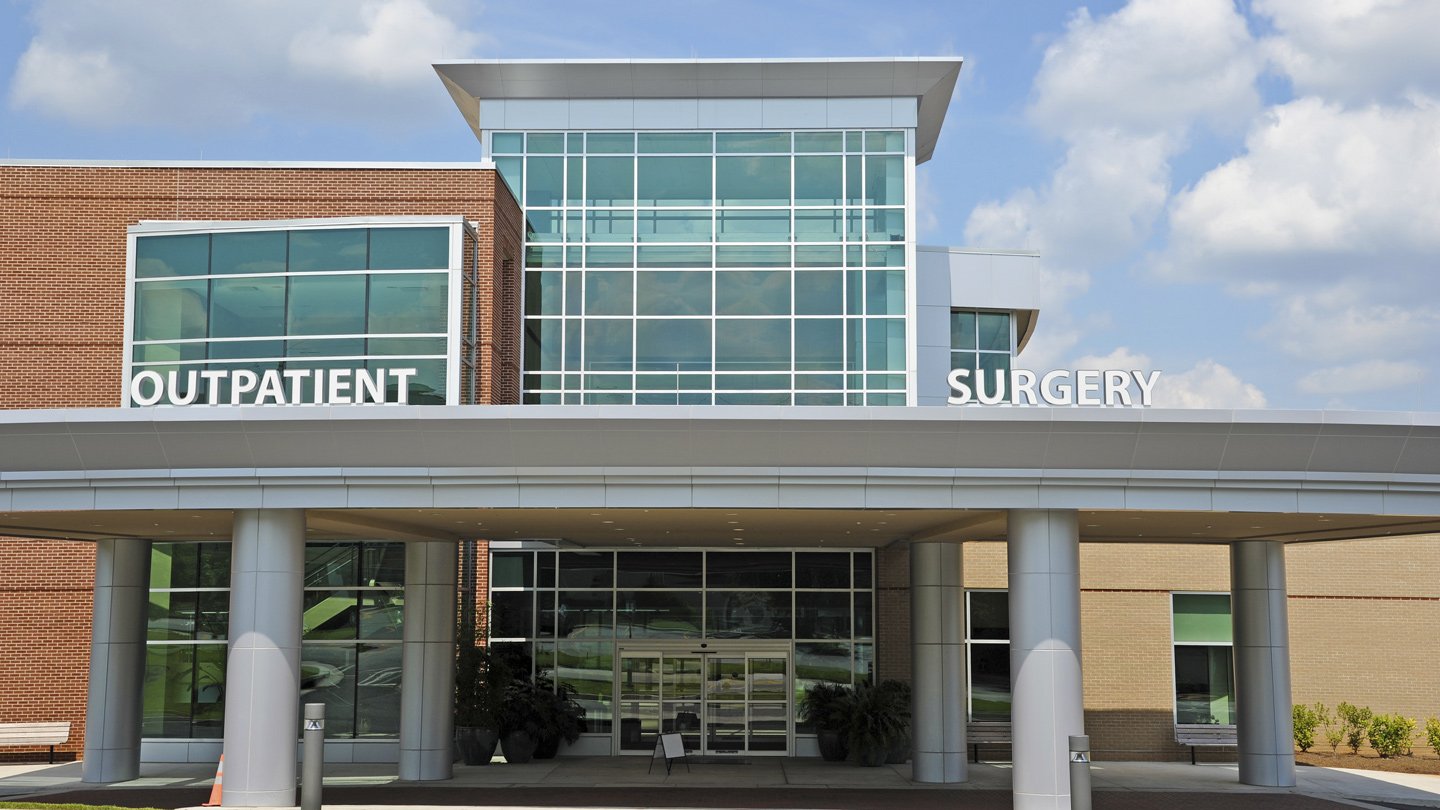
How Health Care and Wellness Properties Can Anchor Mixed-Use Developments

The New Health Shop on the Block

Opportunity Zones Aren't Just for Real Estate Development
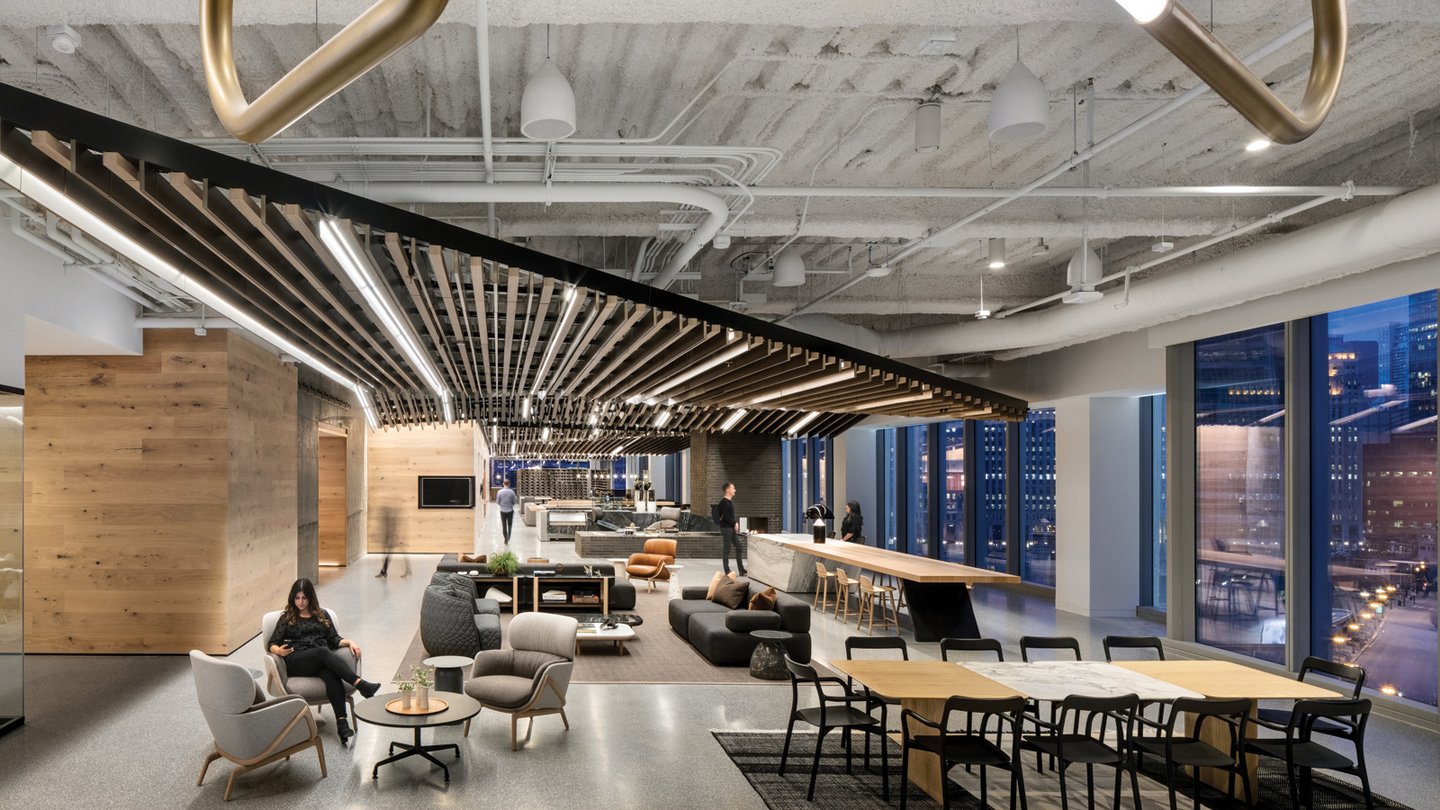
The Workplace Makeover: From Office to Destination
RELATED RESEARCH AND PUBLICATIONS
Industrial Space Demand Forecast, First Quarter 2025
Economic Impacts of Commercial Real Estate, 2025 U.S. Edition
Office Space Demand Forecast, Fourth Quarter 2024
PERSPECTIVES
CEO on Leadership: Kim Roy, CEO, HITT Contracting Inc.
From the Editor: Warm Greetings, and a Look Ahead
Diversity & Inclusion Roundtable Delves Into 'Constructive Conflict'
Getting to Know Greg Fuller
Worth Repeating: Sound Bites from NAIOP’s CRE.Converge
Sound bites from NAIOP’s CRE.Converge, held October 15-18, 2018, in Washington, D.C.
ADDITIONAL ARTICLES
What Do Warehouse Employees Want?
Prefabricated Wood Construction Shows Promise
New & Noteworthy Projects
Facts Drive NAIOP Advocacy at the Local Level
Lessons from the Fall of RealtyShares
Smart Sensors in Commercial Real Estate: The Next Generation
Should Construction Consider a High-Tech Makeover?
ARCHIVED ISSUES
View All Archived Issues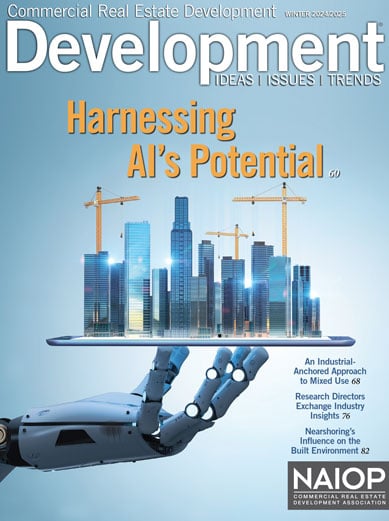 Winter 2024/2025 Issue
Winter 2024/2025 Issue
Development magazine’s winter issue delves into the evolving uses of artificial intelligence in the commercial real estate industry, from lease management and building operations to portfolio assessment and data analysis.
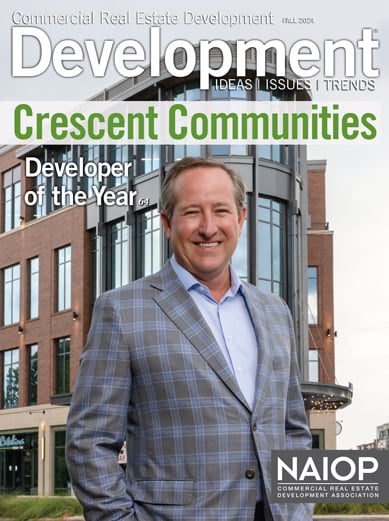 Fall 2024 Issue
Fall 2024 Issue
Development magazine’s Fall issue profiles Crescent Communities, explores the growing impact of spaceport real estate around Houston and along Florida’s Space Coast, the commitment to prioritize employee well-being and environmental stewardship in the design of REI Co-op’s latest distribution center, and the innovations involved in the development of EVE (Electric Vehicle Enclave) Park in London, Ontario.
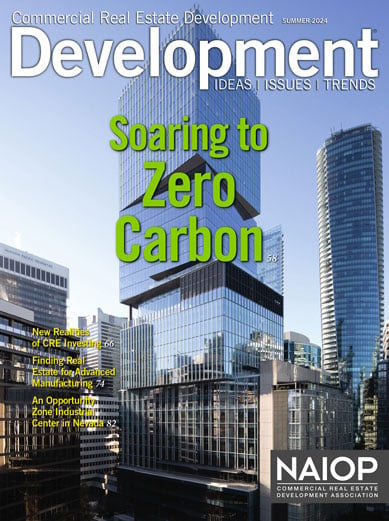 Summer 2024 Issue
Summer 2024 Issue
This issue features a cover story on The Stack, the first high-rise office project in Canada to earn Zero Carbon Building Design certification. Other feature articles examine the new realities of CRE investing across different sectors, the challenges of finding move-in-ready space for advanced manufacturing startups, and lessons learned from Mark IV’s acquisition and master planning of a 4,300-acre Opportunity Zone industrial project in northern Nevada.


